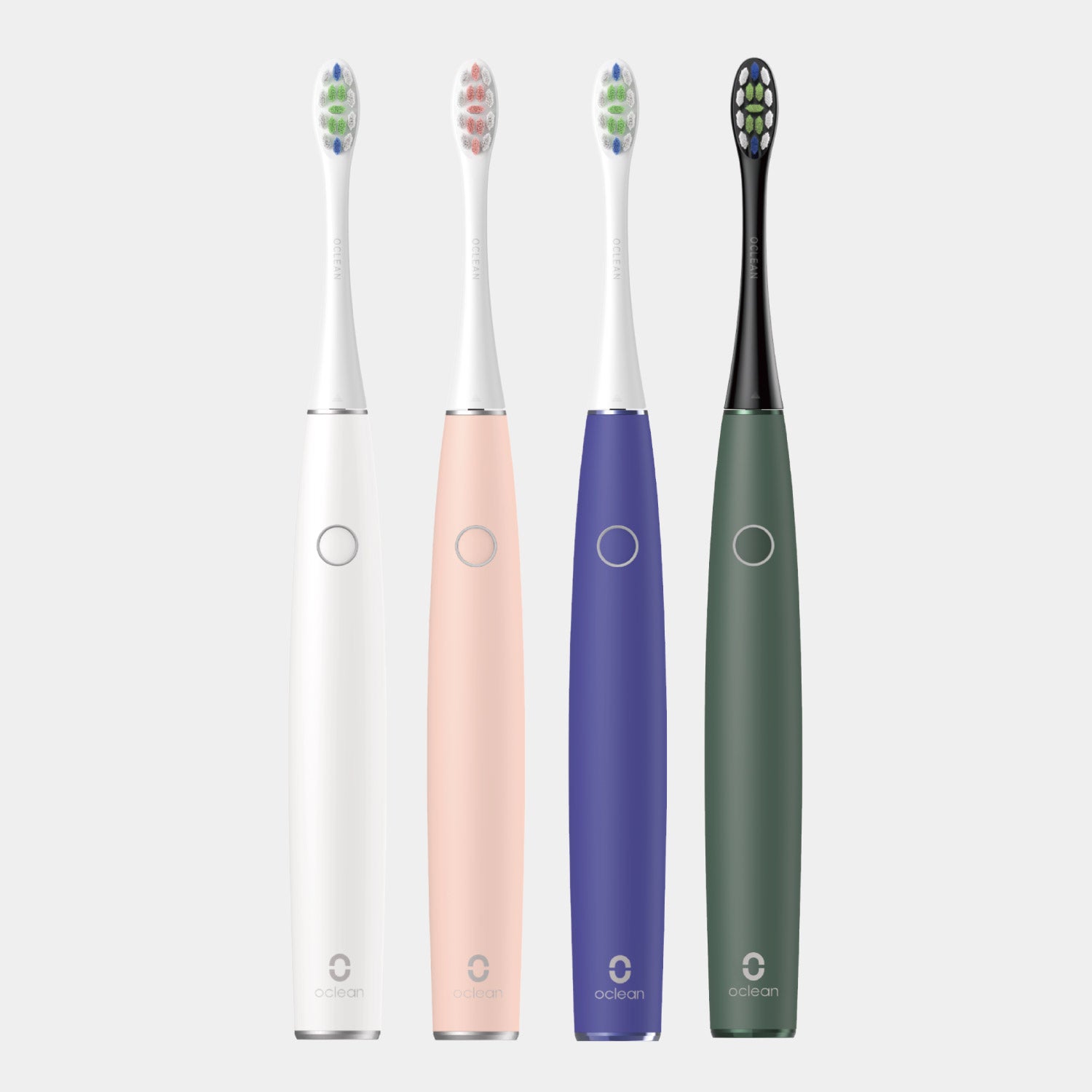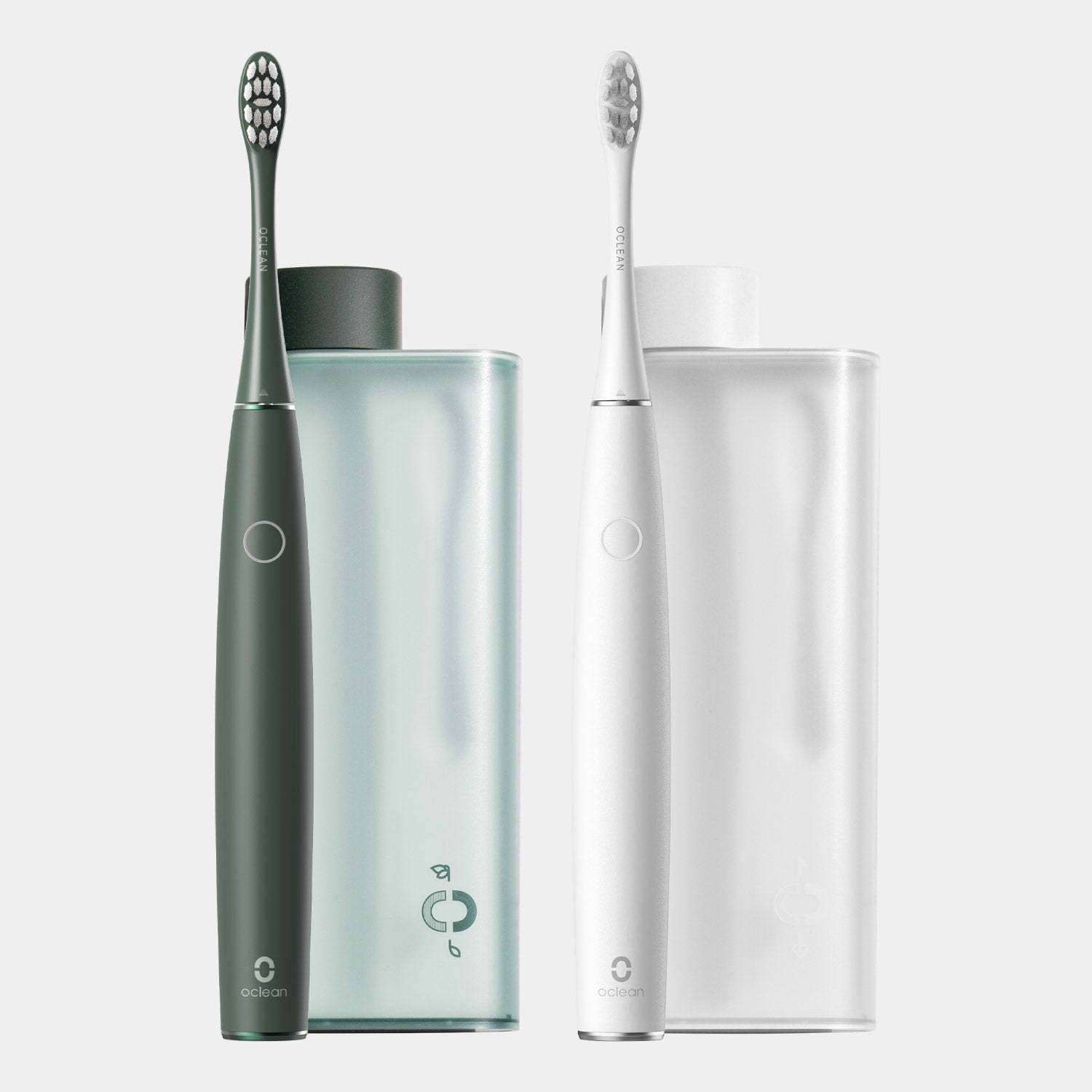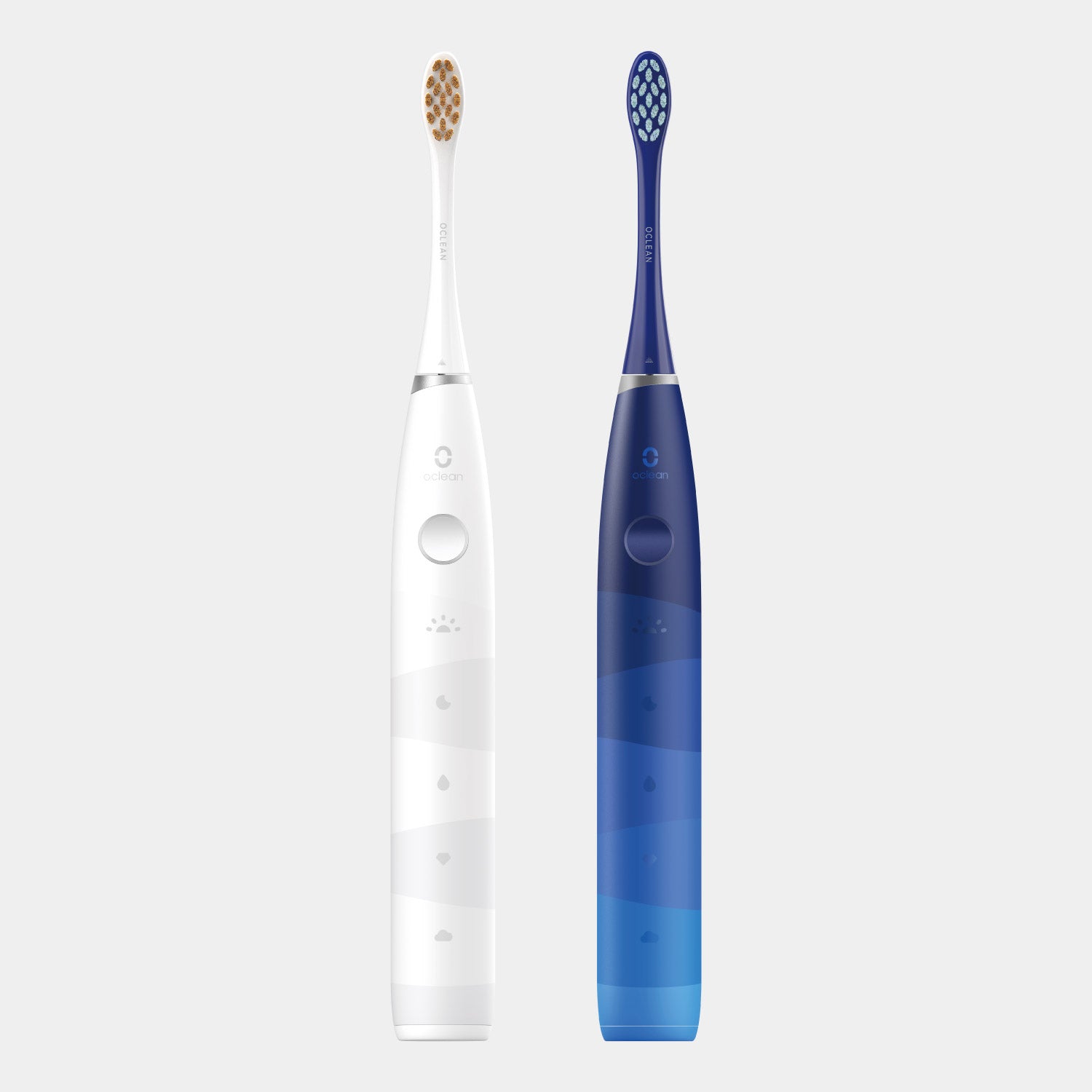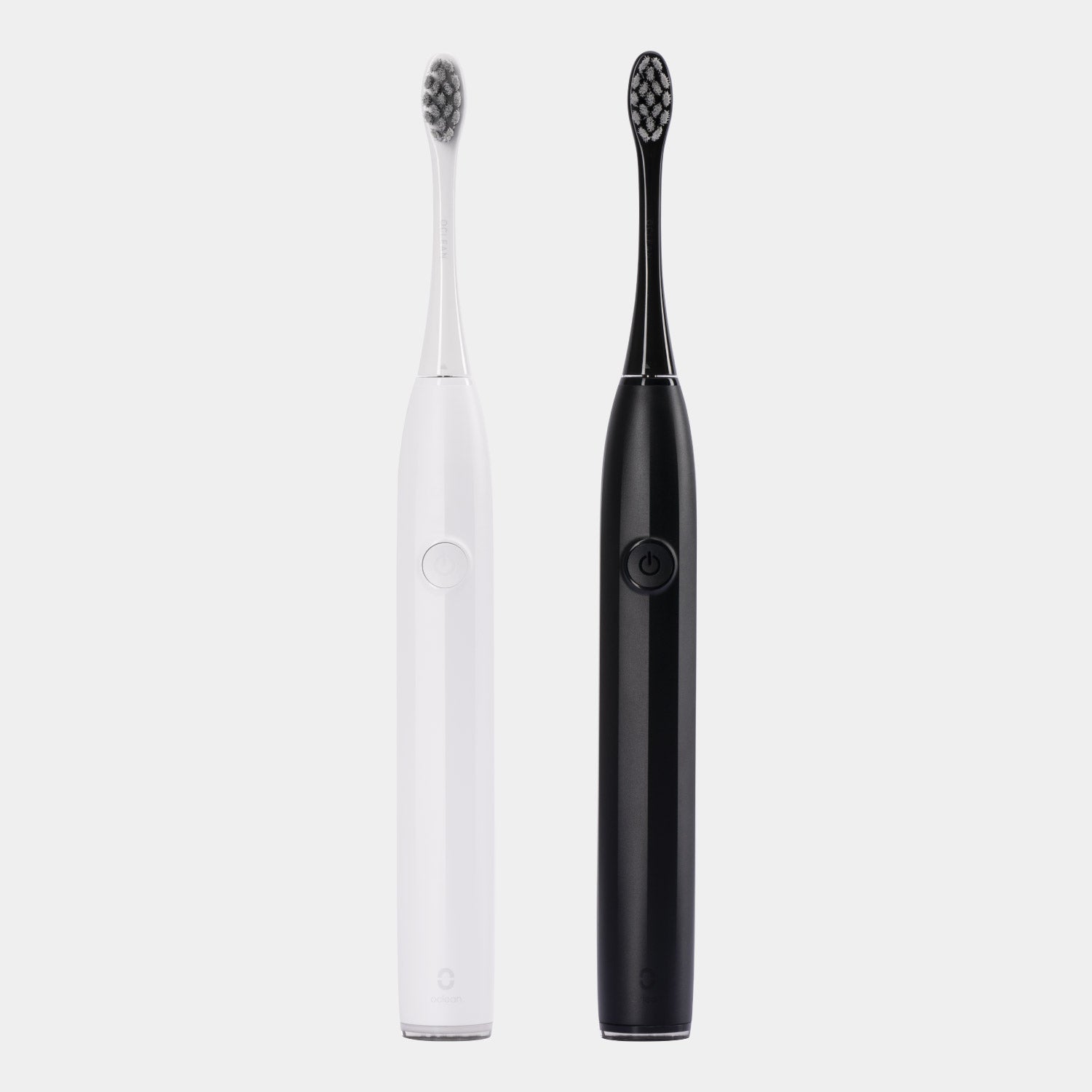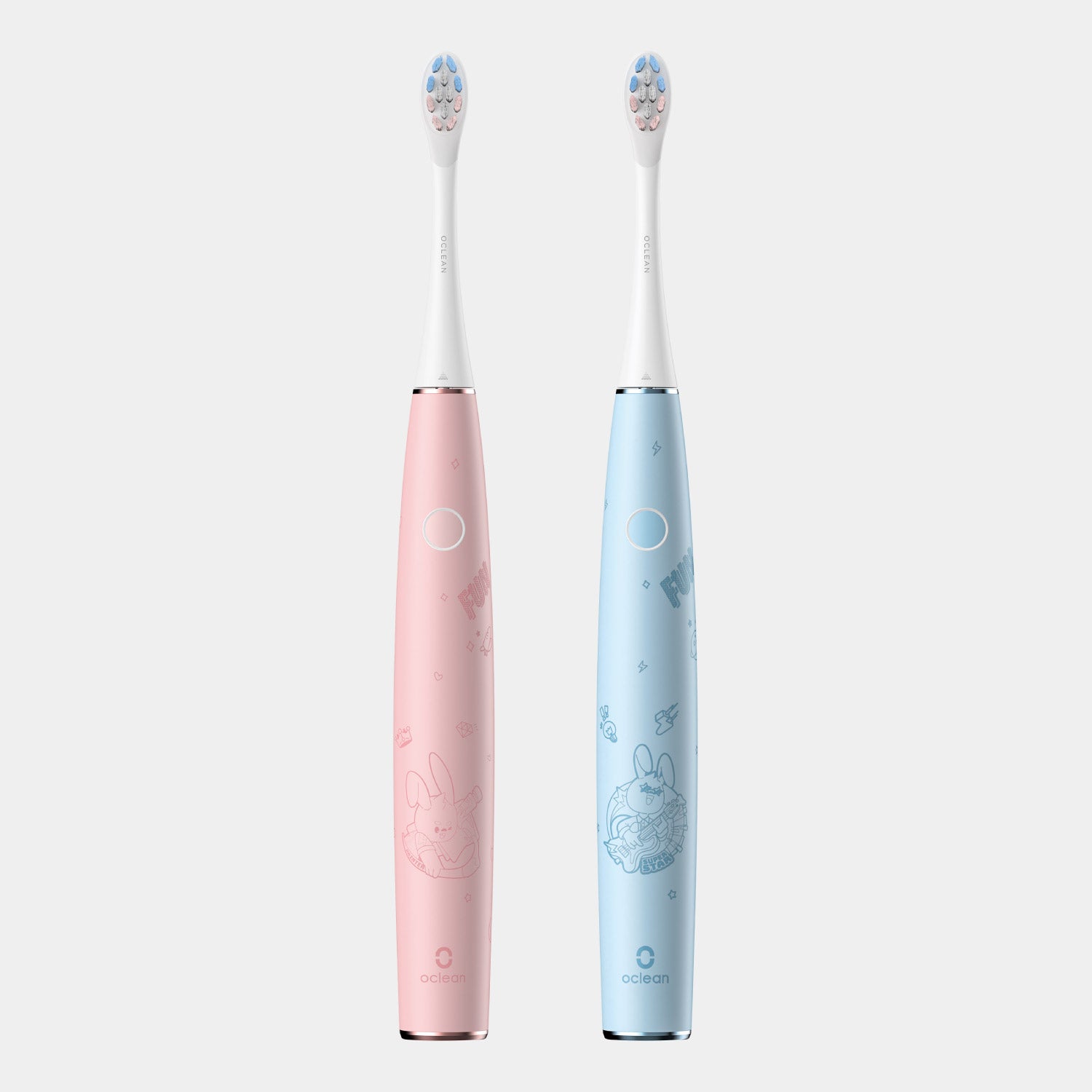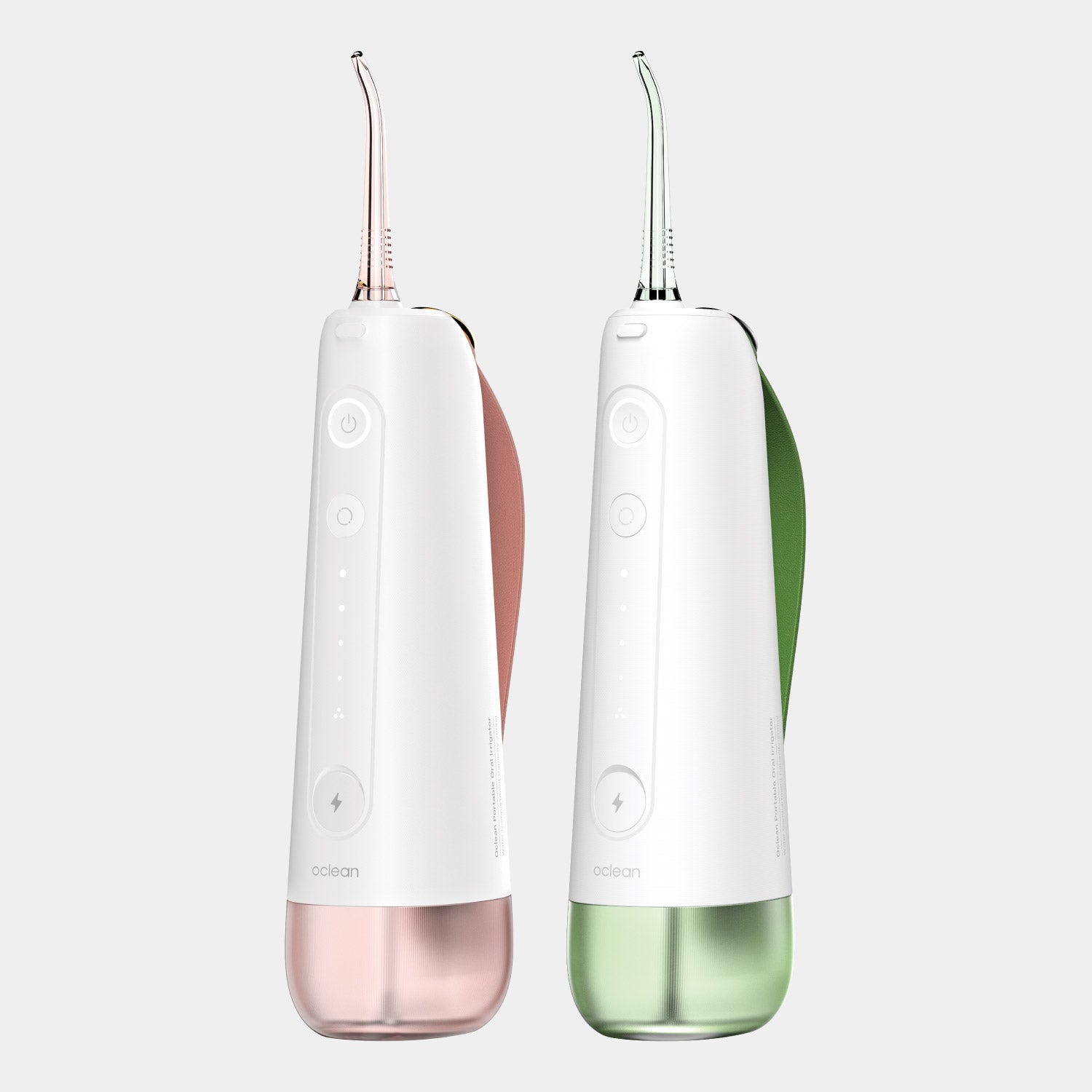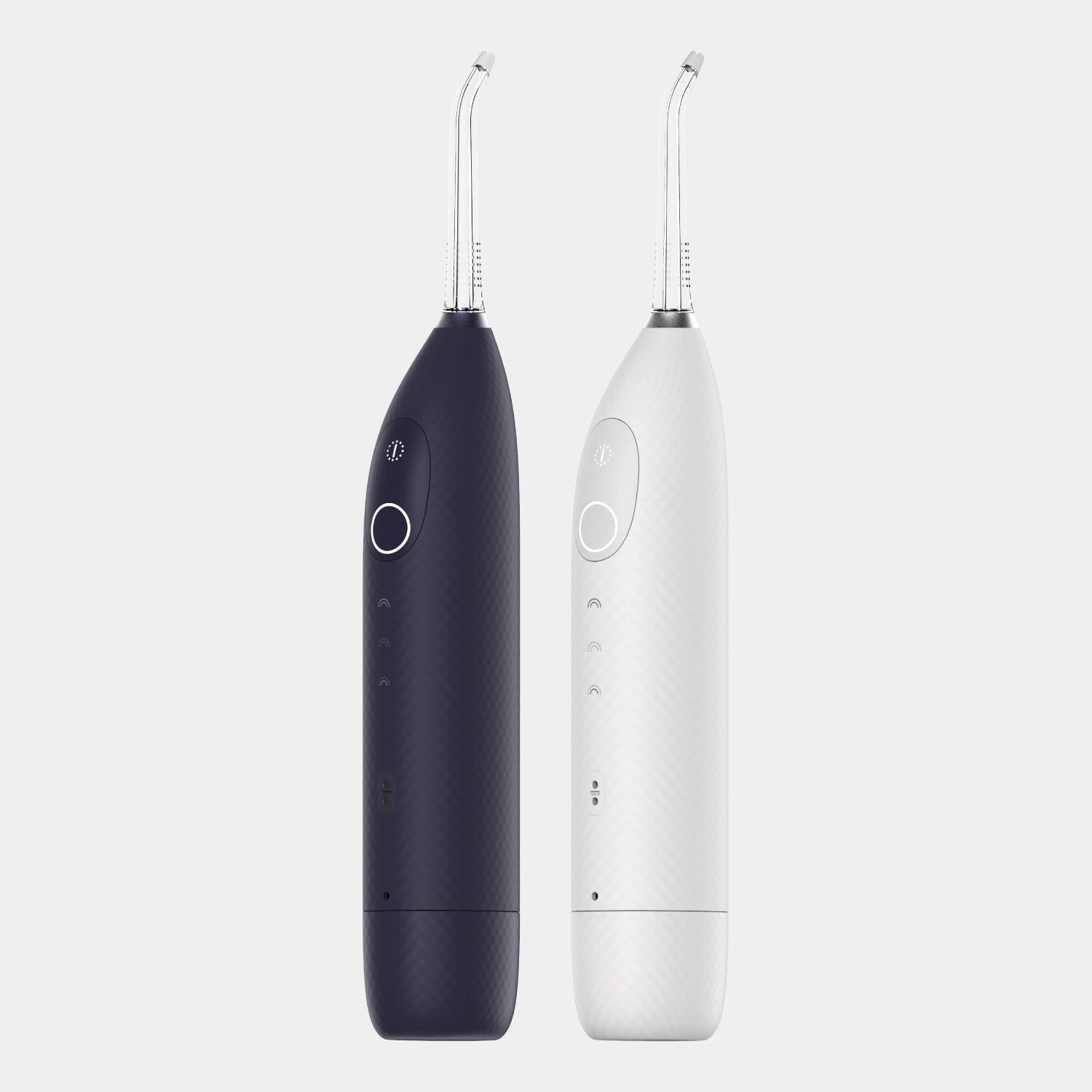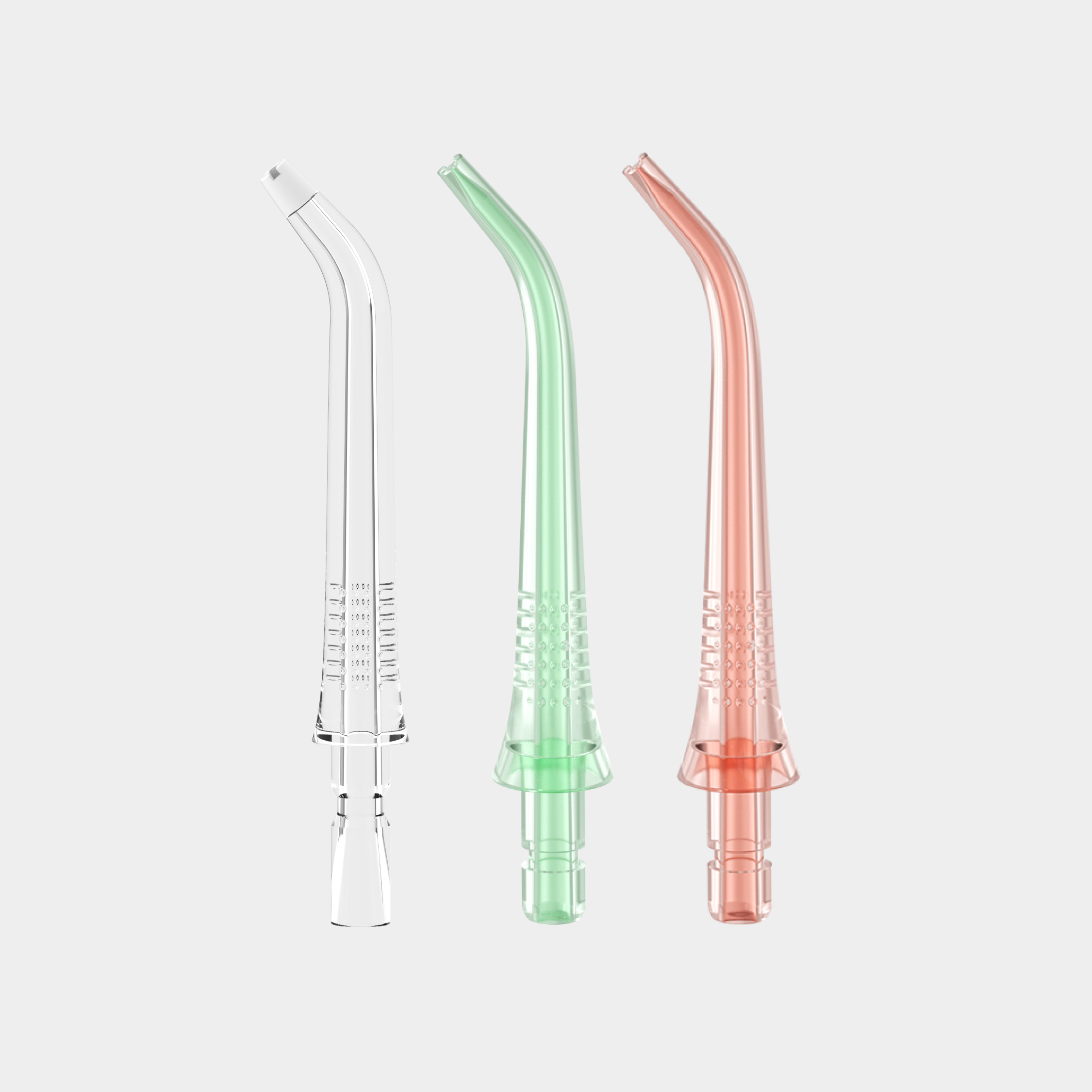Maintaining good oral hygiene is crucial not only for a bright smile but also for your overall health. And at the heart of this is tooth flossing, a simple yet essential practice that often gets overlooked. Whether you're a seasoned flosser or just starting out, understanding the right techniques and choosing the best tools can make a world of difference. We'll walk you through the basics of how to floss properly, delve into advanced tips for those with braces, and everything in between. Imagine a life where your dental visits are a breeze, your gums are healthy, and your smile is always ready to shine. It's all within reach with the right knowledge and a bit of practice.
When should you floss? The importance of regular flossing
Tooth flossing should be an integral part of your daily routine. The American Dental Association (ADA) recommends flossing at least once a day to remove plaque and food particles that a toothbrush might miss. Regular flossing can prevent gum disease and cavities, leading to healthier gums and teeth. For those looking to enhance their flossing routine, incorporating a water flosser can be a game-changer. It effectively cleans between teeth and below the gumline, offering a deeper clean than traditional floss.
Flossing before or after brushing?
Many people wonder whether it's better to floss before or after brushing their teeth. According to dental experts, flossing before brushing can be more effective. Flossing first loosens the debris between your teeth, making it easier to brush away with your toothbrush. This sequence also helps ensure that the fluoride from your toothpaste reaches between your teeth.
Types of dental floss
Traditional dental tooth floss
Traditional dental tooth floss comes in various forms, including waxed, unwaxed, flavored, and unflavored. Waxed floss is easier to slide between tight spaces, while unwaxed floss can provide a better grip. Flavored floss adds a pleasant taste to the experience, making it more enjoyable for some users.
Dental floss picks
Floss picks are a convenient alternative to traditional floss. They consist of a small handle with a piece of floss strung between two prongs. Floss picks are particularly useful for those who find handling traditional floss challenging or cumbersome.
Water flossers
Water flossers, also known as oral irrigators, use a stream of water to remove plaque and debris between teeth. They are especially beneficial for individuals with braces, bridges, or dental implants. The best water dental flosser can reach areas that traditional floss might miss, providing a thorough clean.
How do you floss teeth? The steps to follow
Tooth flossing correctly involves a few simple steps:
- Take about 18 inches of dental tooth floss and wind most of it around one of your middle fingers. Wind the remaining floss around the same finger of your other hand. This finger will take up the used floss as you progress.
- Hold the floss tightly between your thumbs and forefingers. Guide the floss gently between your teeth using a rubbing motion. Be careful not to snap the floss into your gums.
- When the floss reaches the gum line, curve it into a C shape against one tooth. Gently slide it into the space between the gum and the tooth.
- Move the floss up and down against the side of the tooth. Repeat this process for each tooth, using a clean section of floss for each one.
How to floss properly with water flosser
For those who prefer or need an alternative to traditional flossing, water flossers are an excellent option. Here's how do you use a water flosser:
- Fill the reservoir with lukewarm water and place the flosser's tip into your mouth.
- Lean over the sink and close your lips slightly to avoid splashing but allow water to flow out.
- Turn on the unit and start with the back teeth, directing the water stream at the gum line and between teeth.
- Move systematically around your mouth, ensuring you cover all areas. Adjust the pressure as needed, especially if you have sensitive gums.
How to floss teeth with braces?
Flossing braces with traditional floss
Flossing with braces can be challenging, but it's essential for maintaining oral health. However, traditional floss has some downsides when used with braces. The floss can get caught on brackets and wires, making the process time-consuming and frustrating. It also requires a floss threader to guide the dental tooth floss under the main wire of your braces, which can be tricky to maneuver. Additionally, if not done carefully, traditional flossing can lead to snapping the floss into your gums, causing discomfort or even minor injuries.
Here’s how to floss properly with braces using traditional floss:
- Use a floss threader to guide the dental tooth floss under the main wire of your braces.
- Once the floss is in place, follow the same steps as traditional flossing, being careful around the brackets.
- Consider waxed floss, as it tends to slide more easily between tight spaces created by braces.
Water flossers for braces
Water flossers can be incredibly beneficial for those with braces. Traditional floss often requires threading through wires, which can be time-consuming and frustrating. In contrast, water flossers use a stream of water to effortlessly clean around brackets and wires, significantly reducing the risk of plaque buildup and gum disease. This method is gentle on the gums, helping to avoid irritation and discomfort. Additionally, water flossers can reach areas that traditional floss might miss, ensuring a more comprehensive clean. For anyone with braces, using a water flosser can simplify the oral hygiene routine while providing effective results. To use a water flosser with braces, follow the same steps as above, paying extra attention to areas around the brackets.












